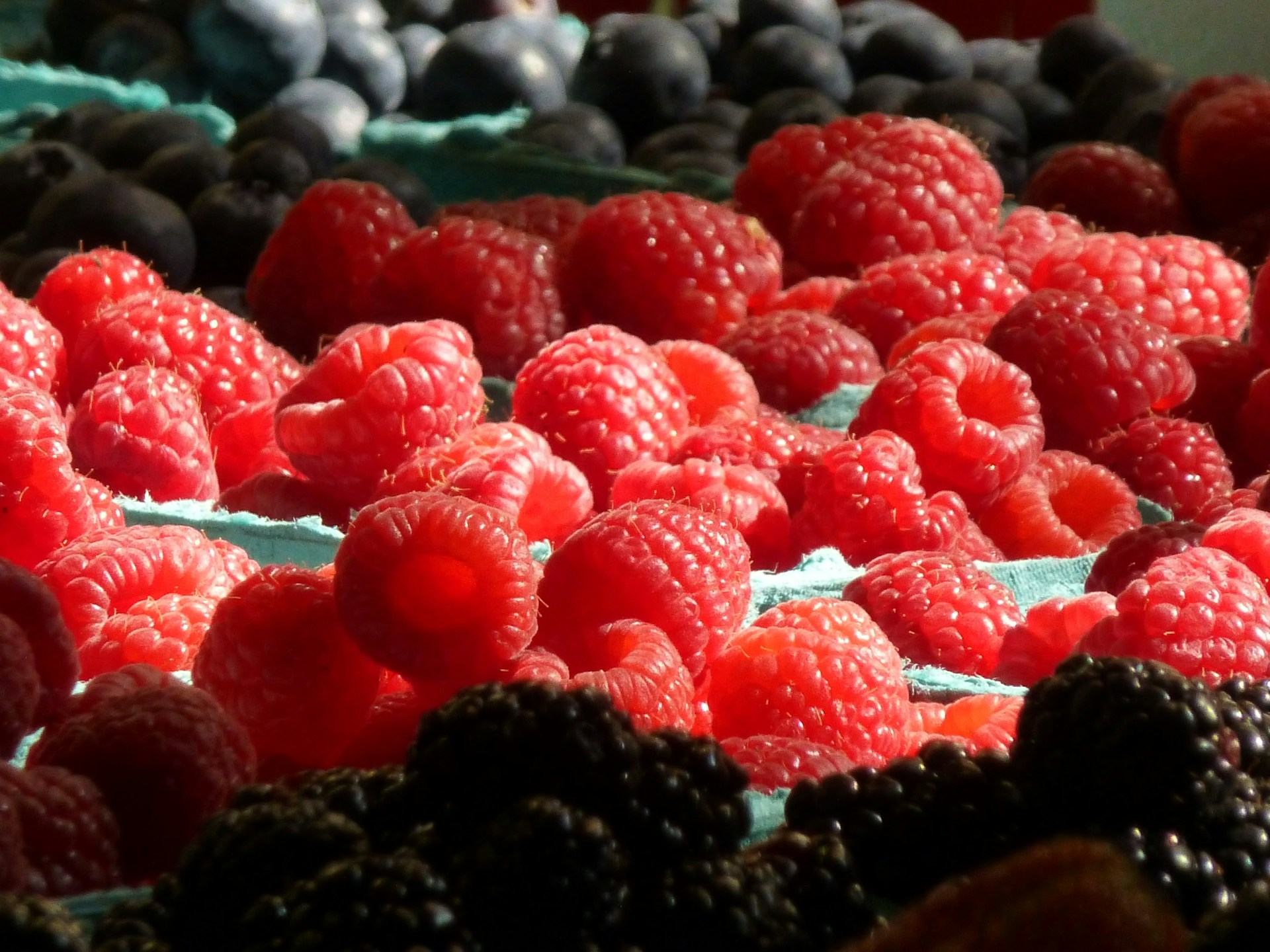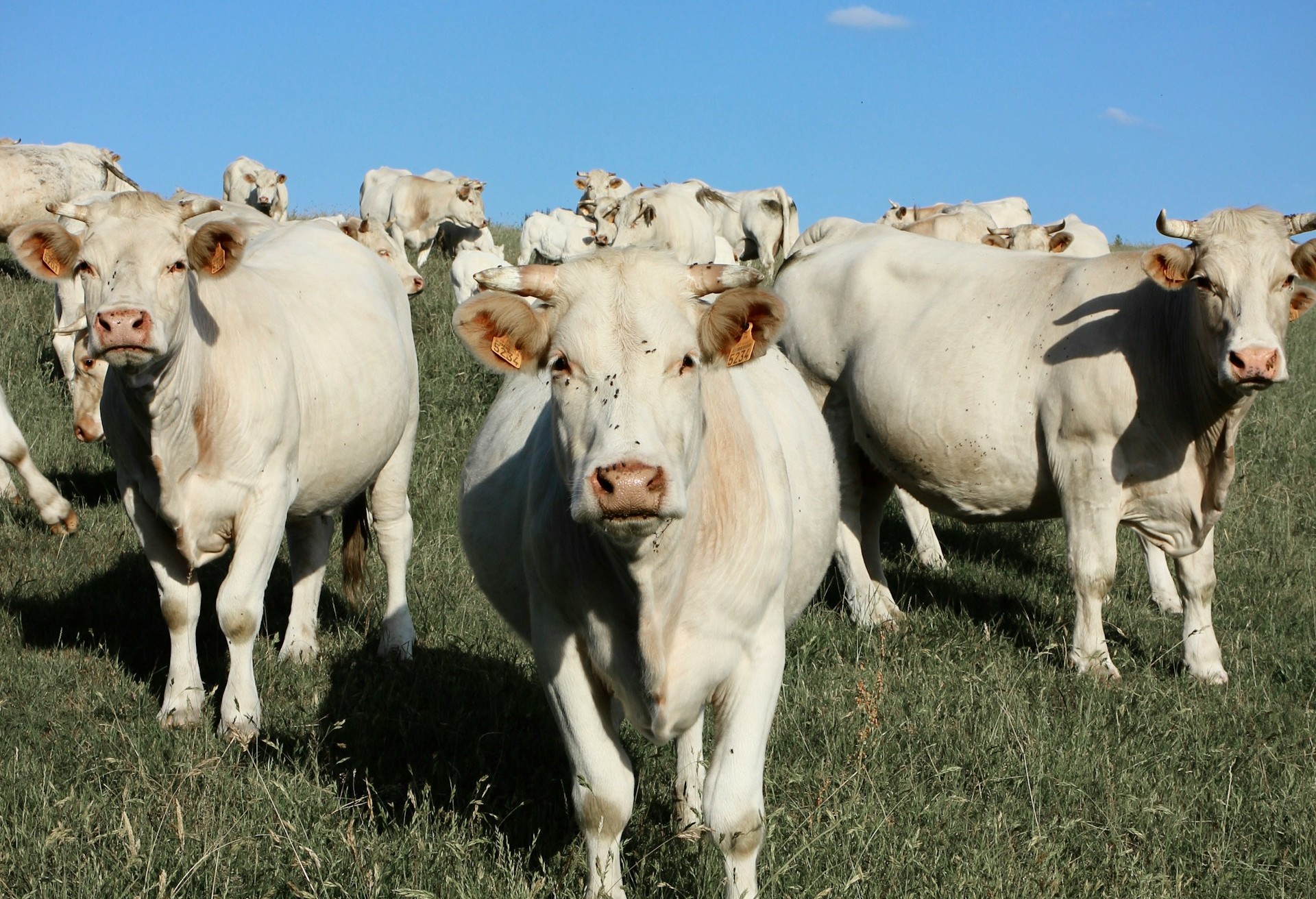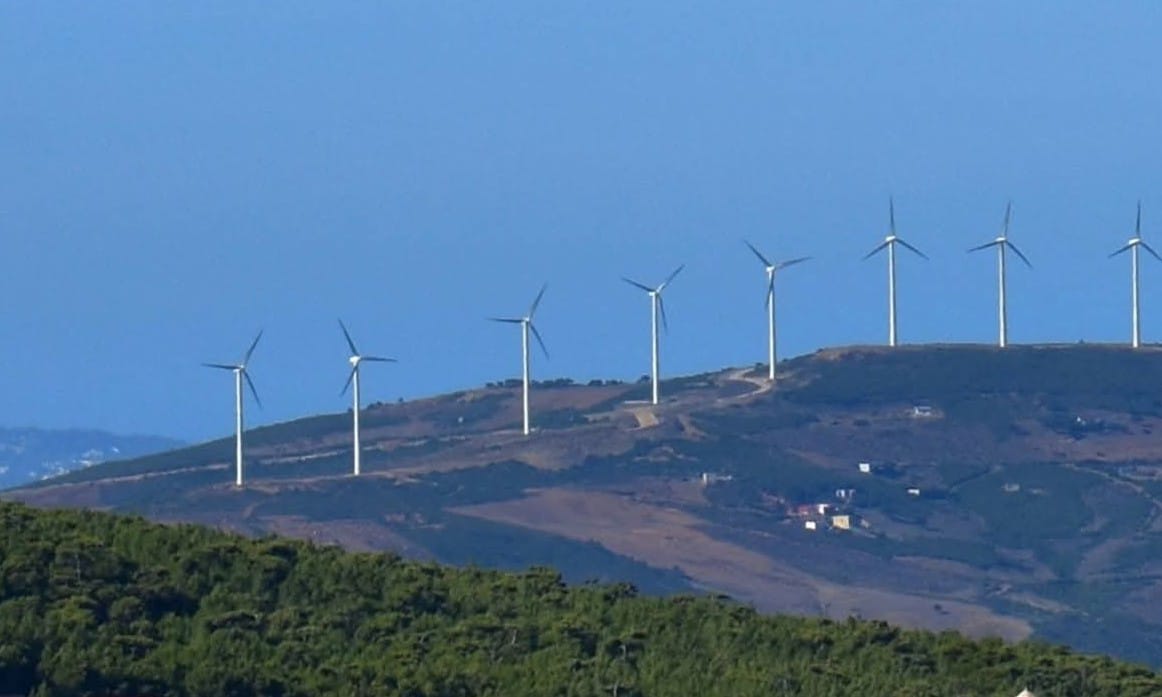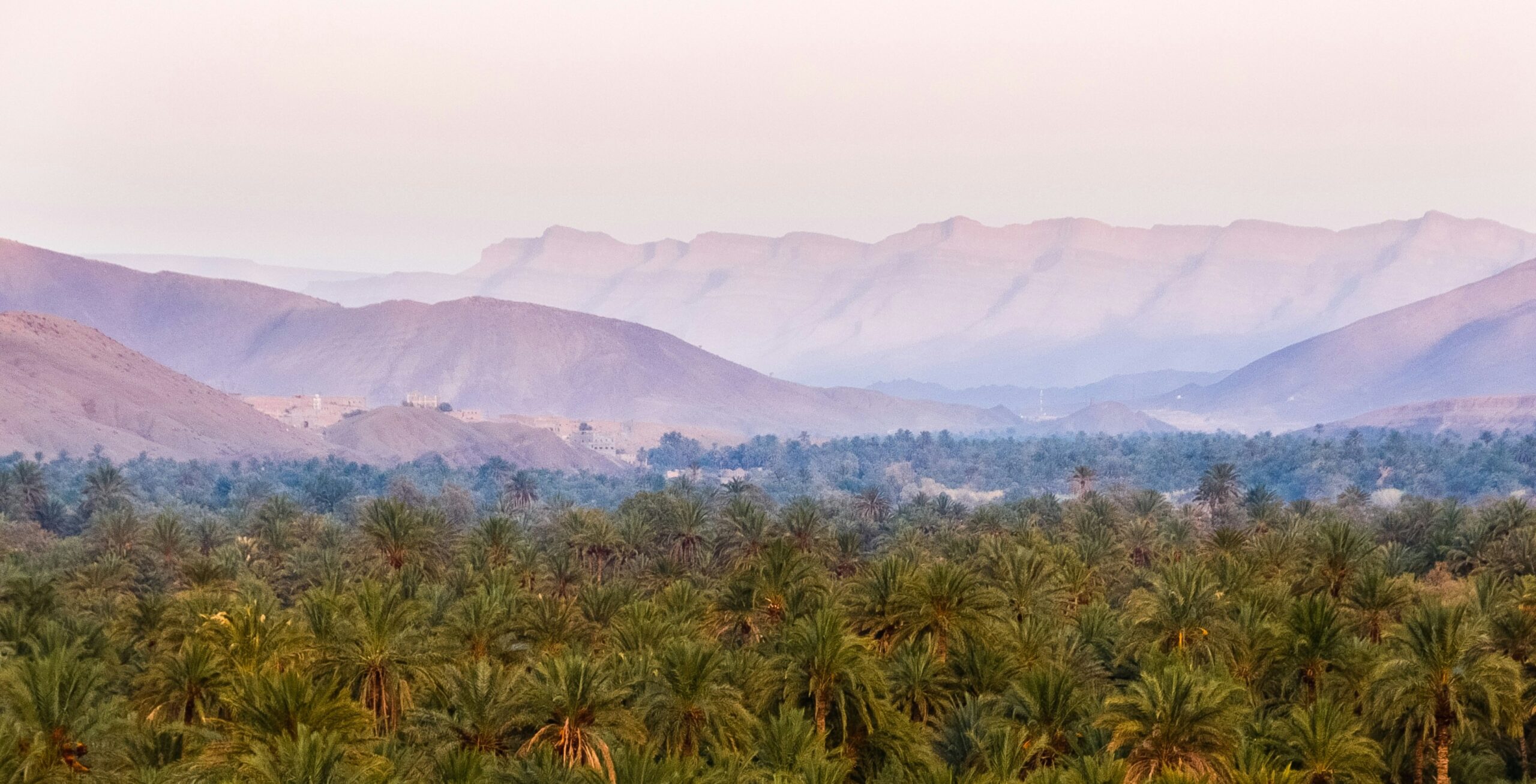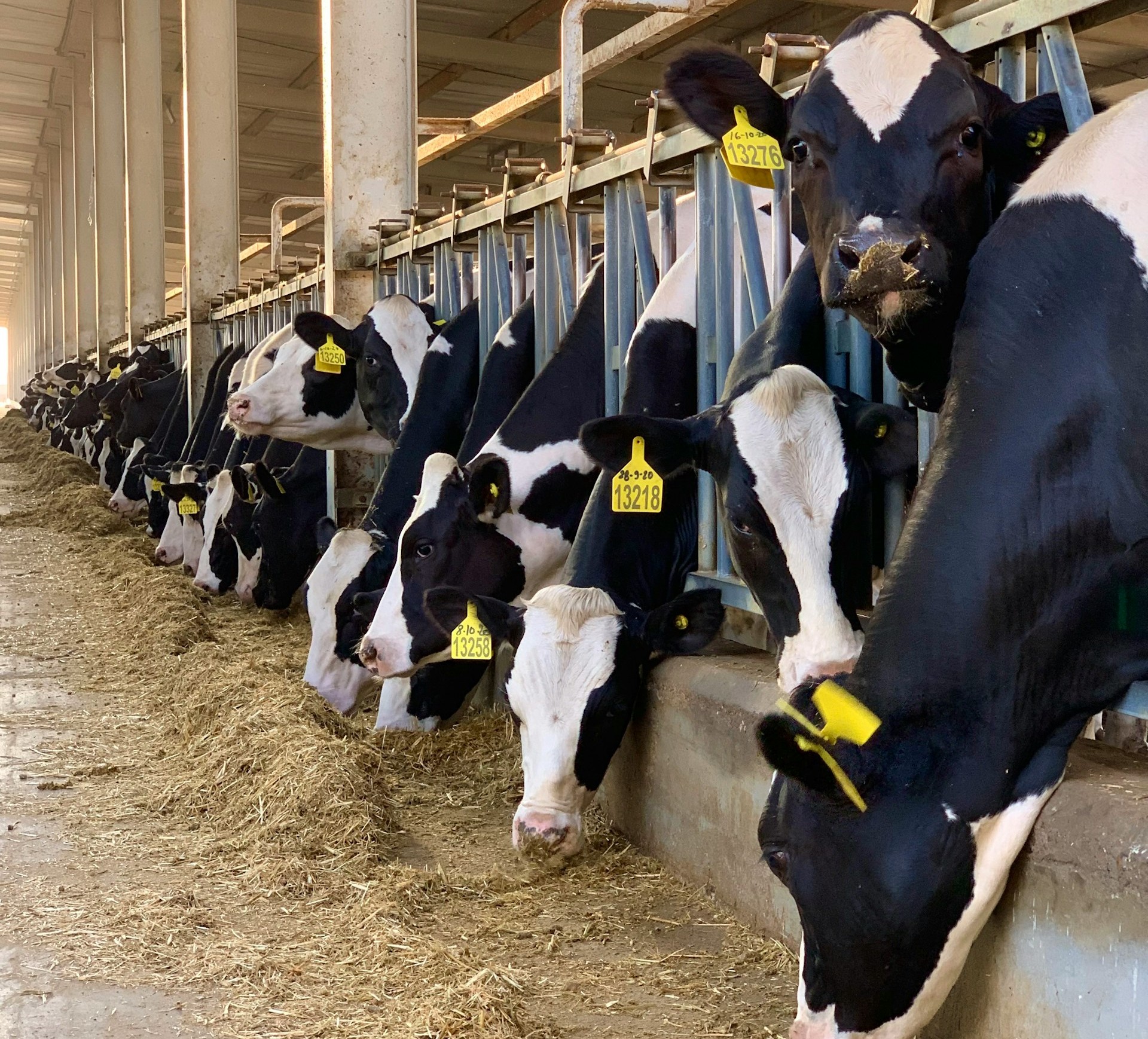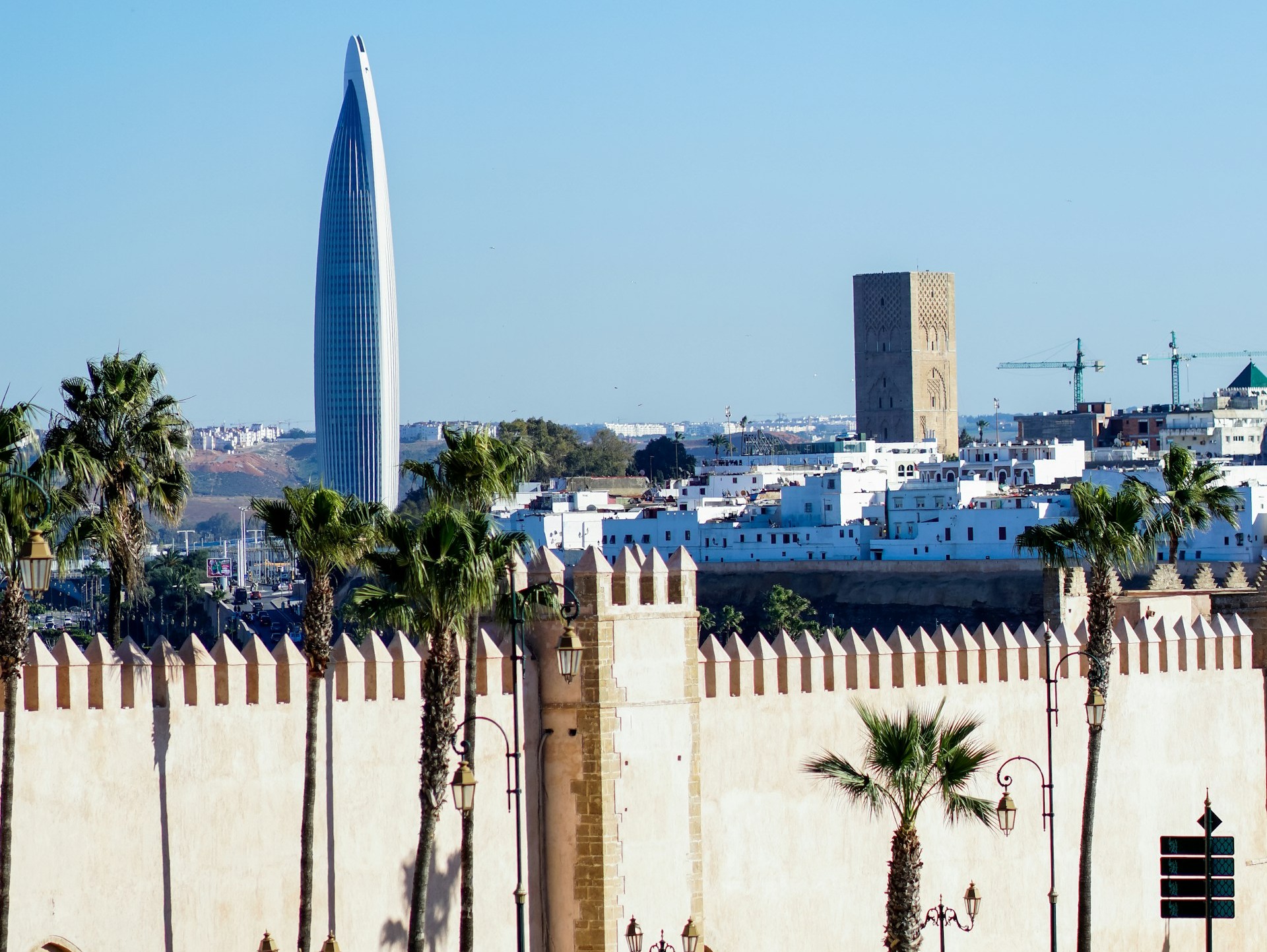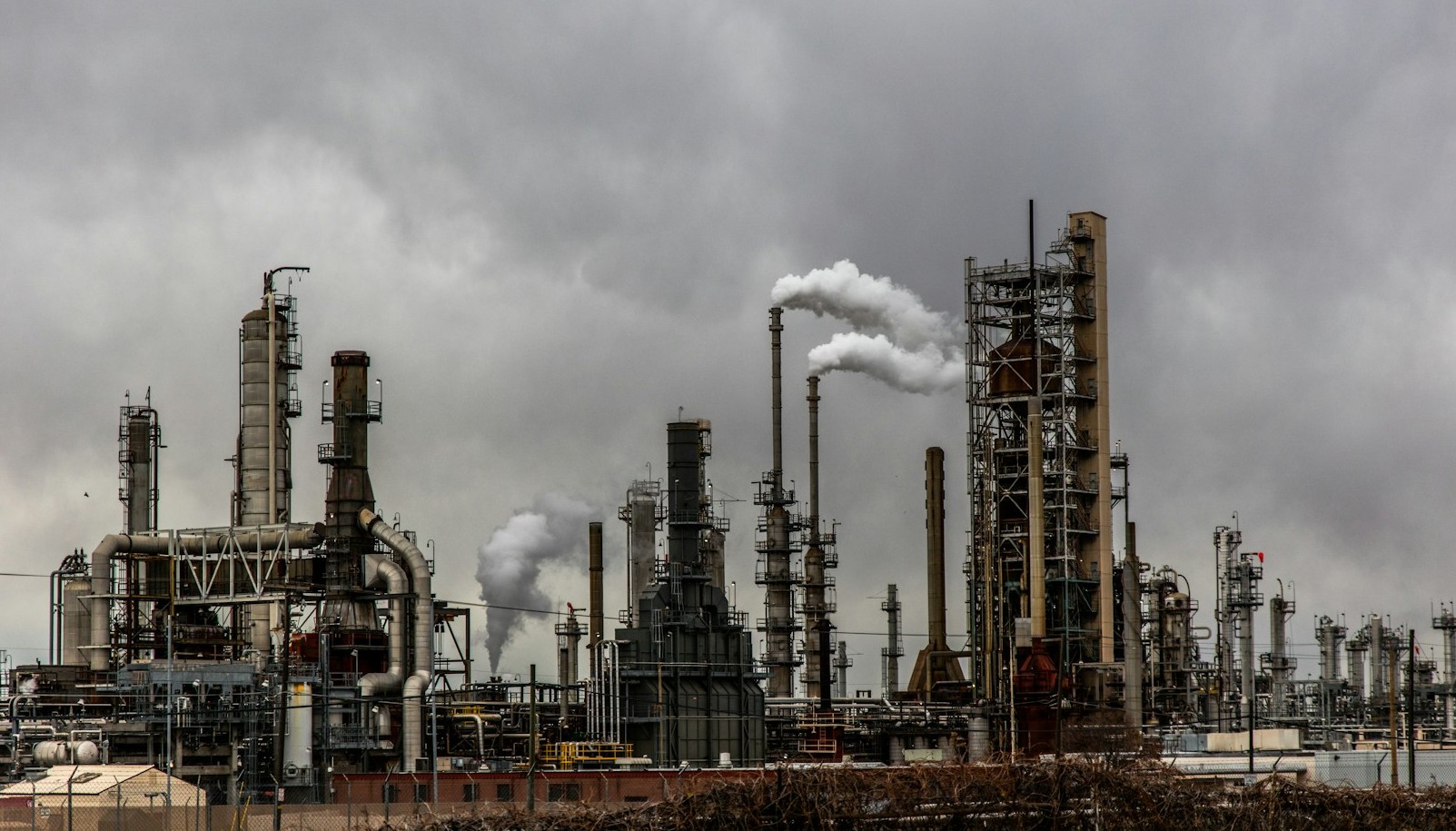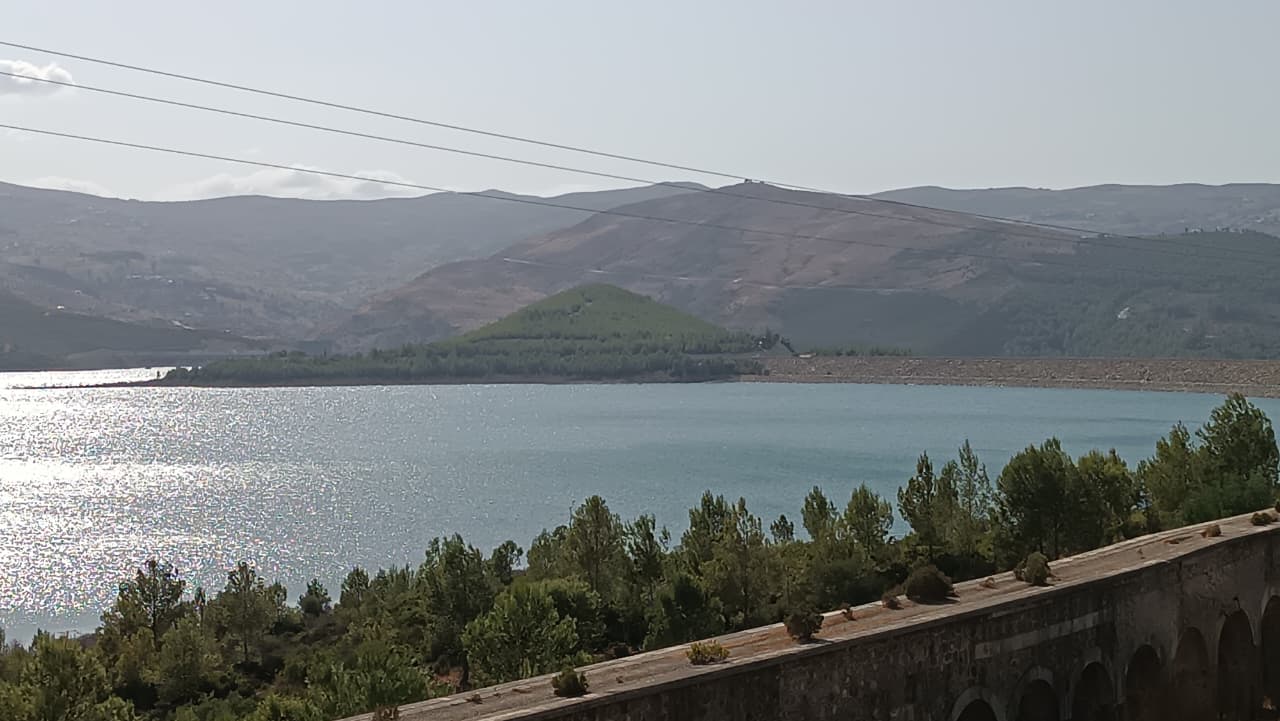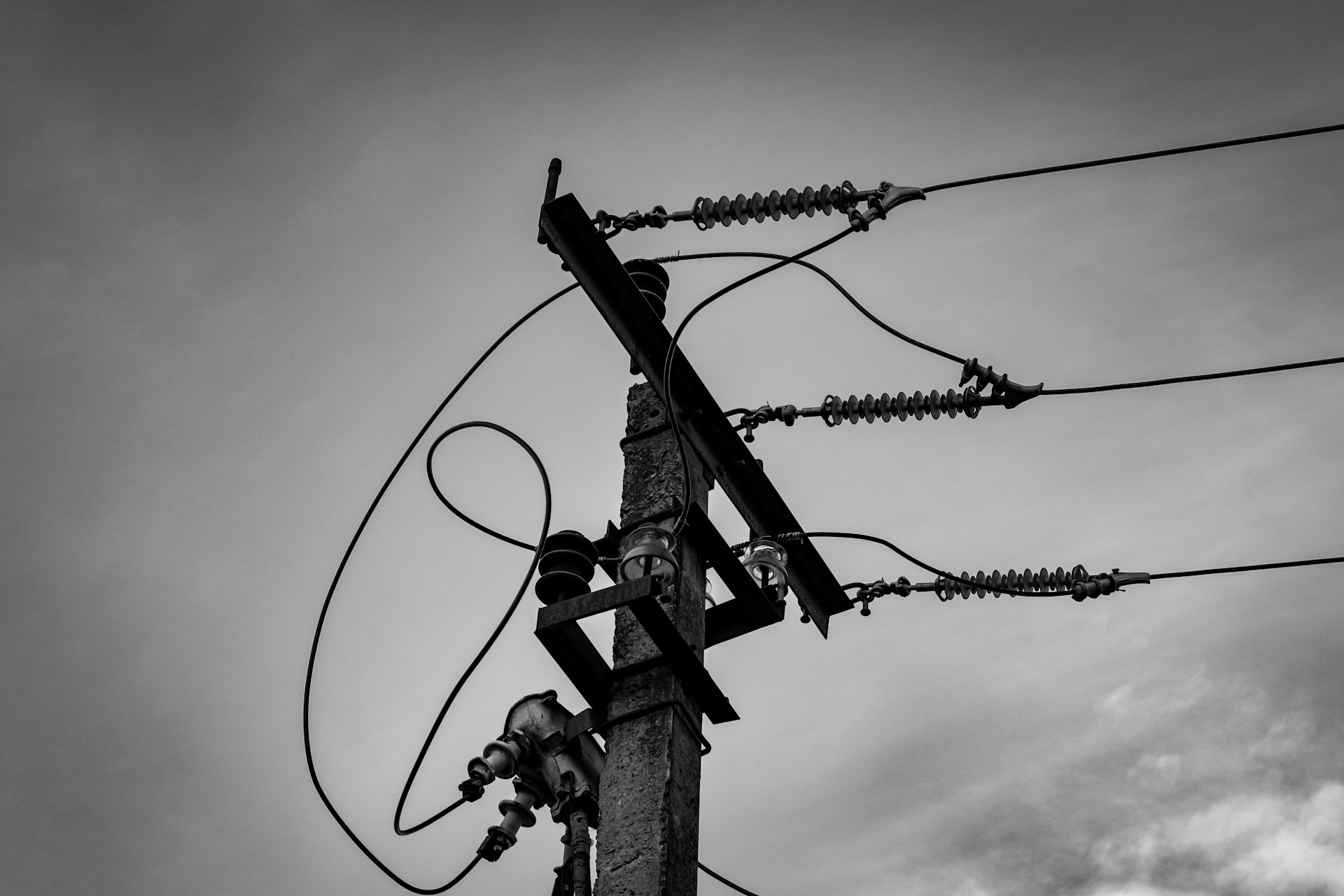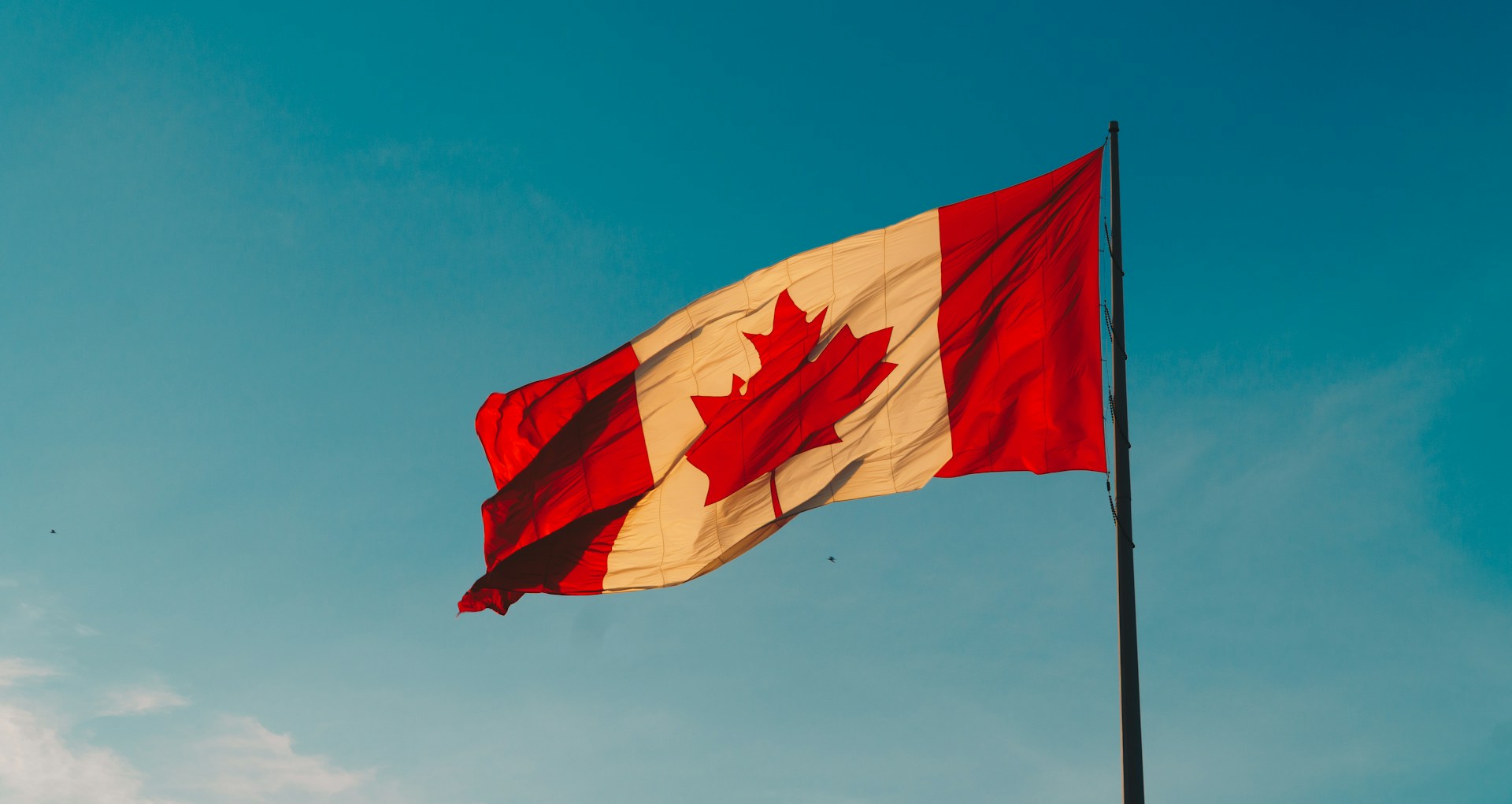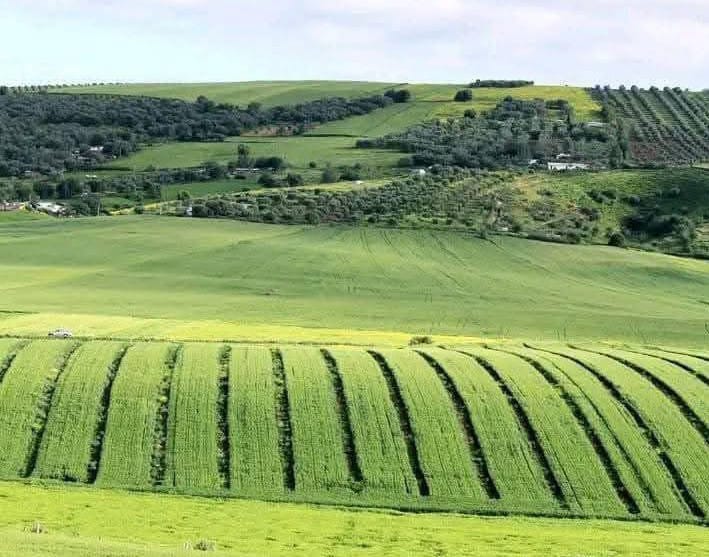Casablanca – In a determined move to reinforce its position in the global agricultural market and enhance food security at home, Morocco has launched a comprehensive strategy to triple its annual date production to 300,000 tons by 2030. The plan, part of the broader “Green Generation 2020–2030” initiative, also aims to boost date exports nearly twenty-fold, from 3,600 tons in 2020 to 70,000 tons by the end of the decade.
This ambitious shift is more than a response to growing international demand—it is also a national economic priority. Dates are a vital economic lifeline in Morocco’s oasis regions, particularly the Drâa–Tafilalet area, which alone produces nearly 90% of the country’s dates. The sector supports over 1.4 million people and contributes 40% to 60% of agricultural income in those communities.
The Ministry of Agriculture, Maritime Fisheries, Rural Development, Water and Forests recently disclosed the details of the plan, which include a mix of large-scale reforestation, irrigation upgrades, and post-harvest improvements. The strategy includes the planting of 5 million new date palms, with 3 million to be integrated into traditional oases and 2 million allocated for new farms outside these areas.
By expanding cultivated land dedicated to date palms from 14,000 hectares in 2020 to 21,000 hectares by 2030, Morocco hopes to future-proof the sector against climate variability and shifting consumer trends. Despite years of drought and declining rainfall, the country has maintained a stable date output, with 2024’s harvest exceeding 103,000 tons—just a 10% dip from the previous year, thanks largely to investment in modern farms and irrigation systems.
At the heart of this expansion is a hefty investment commitment: approximately $773 million. This funding, a joint effort between the state and the interprofessional federation for dates, is being funneled into multiple layers of the value chain—from planting and irrigation to storage and export logistics.
“The date palm sector is central to both our food security and rural development goals,” said the minister in a recent statement. “We are not only working to increase quantity, but also to improve the quality and marketability of Moroccan dates at home and abroad.”
A significant portion of the funding is being allocated to the development of storage and cold-chain infrastructure. Currently, Morocco operates 31 date cooling and storage units across its main oasis regions. These facilities allow farmers—especially those organized in economic interest groups—to preserve their harvests, reduce post-harvest losses, and better time their sales in local and international markets.
Efforts are also being made to address the sector’s structural vulnerabilities, especially water scarcity. The expansion relies heavily on drip irrigation and other water-saving technologies. Modern farms, such as those in the Meski–Boudenib corridor, are being held up as examples of climate-smart agriculture. These farms have already begun to play a key role in stabilizing national date output, compensating for underperformance in some traditional oases affected by resource depletion.
Meanwhile, the government is focusing on improving the quality of Moroccan dates and raising their value in international markets. The target is to increase the storage rate from just 8% in 2020 to 50% by 2030, and the rate of value-added processing from 0.39% to 10% over the same period. This includes sorting, packaging, and transforming raw dates into products with higher commercial appeal.
Morocco’s date sector also benefits from significant biodiversity. With over 450 recognized date varieties, the country ranks seventh globally in terms of production. This genetic richness offers a competitive advantage, allowing farmers to adapt more easily to changing market demands and environmental pressures.
In recent months, public debate around date pricing and accessibility—particularly during Ramadan—has sharpened public interest in the sector. While imported dates remain available, the government has expressed a clear preference for strengthening the domestic supply. The strategy is designed not only to serve export ambitions but to stabilize the local market and ensure affordable, high-quality dates for Moroccan consumers.
If effectively implemented, Morocco’s date production strategy could serve as a reference point for other arid and semi-arid nations seeking to balance agricultural development with environmental sustainability and economic opportunity. Beyond meeting export targets, the initiative positions Morocco to strengthen its role as a regional leader in resilient, high-value agriculture—revitalizing its centuries-old legacy as a center for quality date cultivation.
